Can Dogs Eat Bean Sprouts? Vet-Approved Guide on Safety, Benefits & Risks
- 11 Apr 2025 16:35
As diligent pet parents, we often explore adding healthy greens and vegetables to our dogs' diets. Bean sprouts, those crunchy, watery shoots often found in Asian cuisine, might seem like a harmless, low-calorie addition. You might have some leftover from your stir-fry or salad and wonder, "Can dogs eat bean sprouts?" The answer is generally yes, dogs *can* eat certain types of bean sprouts, particularly when cooked, but it comes with crucial considerations regarding safety, preparation, and potential risks, especially concerning bacterial contamination in raw sprouts.
This comprehensive guide, grounded in veterinary knowledge and adhering to E-E-A-T (Expertise, Authoritativeness, Trustworthiness) principles, will explore everything you need to know before offering bean sprouts to your canine companion. We'll cover the types of sprouts, nutritional aspects, significant risks (especially with raw sprouts), safe preparation methods, and how much is appropriate.
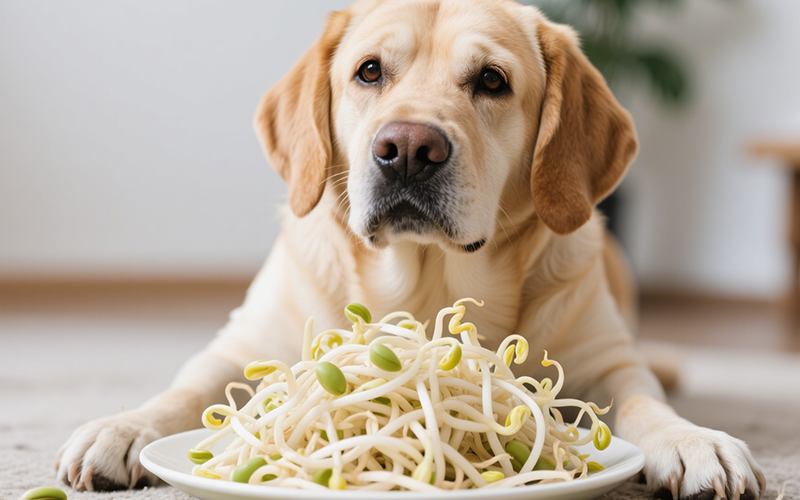
What Are Bean Sprouts Exactly?
Bean sprouts are, quite simply, the young shoots that emerge from germinated beans or seeds. They are harvested just a few days after germination, resulting in a crunchy stem with small leaves starting to form. The most common types encountered include:
Mung Bean Sprouts: These are the most popular type, commonly used in dishes like chop suey, pad thai, and spring rolls. They have white stems and small yellow or green caps. When people ask "can dogs eat bean sprouts?", they are often referring to mung bean sprouts.
Soybean Sprouts: These are larger than mung bean sprouts, often with a more pronounced yellow bean head attached. They have a slightly stronger, bean-like flavor and are common in Korean cuisine.
Alfalfa Sprouts: While not technically "bean" sprouts, these fine, grassy sprouts from alfalfa seeds are often grouped with them. They carry similar risks regarding bacterial contamination.
Other Varieties: Sprouts can also come from lentils, chickpeas, broccoli seeds, radish seeds, etc., each with slightly different nutritional profiles and considerations.
For this discussion, we will primarily focus on the commonly available mung bean and soybean sprouts.
Are Bean Sprouts Safe for Dogs? The General Verdict
Plain, cooked bean sprouts (especially mung bean sprouts) are generally considered safe for dogs when offered in moderation as an occasional treat. They are not inherently toxic like onions or grapes. However, the primary safety concern revolves around how they are prepared and served, particularly the risk associated with raw sprouts.
Key factors influencing safety:
Raw vs. Cooked: This is the most critical distinction.
Bacterial Contamination: Raw sprouts are notorious carriers of harmful bacteria.
Source and Handling: How the sprouts were grown, washed, and stored impacts safety.
Quantity: As with any non-staple food, moderation is vital.
Individual Sensitivity: Some dogs may experience digestive upset.
Raw vs. Cooked Bean Sprouts: A Crucial Safety Distinction
This is where the advice diverges significantly. While some sources might say raw vegetables are fine, **raw bean sprouts pose a significant health risk to both humans and dogs.**
Why Raw Bean Sprouts Are Risky for Dogs:
Bacterial Contamination: Bean sprouts are grown in warm, humid conditions, which are ideal environments for bacterial growth. Seeds can be contaminated, and bacteria multiply rapidly during the sprouting process. Common culprits include **Salmonella, E. coli, and Listeria monocytogenes**. These bacteria can cause severe gastrointestinal illness in dogs, characterized by vomiting, diarrhea (sometimes bloody), fever, lethargy, abdominal pain, and dehydration. Puppies, senior dogs, and those with compromised immune systems are at higher risk of severe illness. This bacterial risk is the primary reason most veterinarians advise **against** feeding raw bean sprouts to dogs.
Digestibility: While less of a concern than bacteria, raw sprouts might be slightly harder for some dogs to digest, potentially leading to gas or mild stomach upset.
Why Cooked Bean Sprouts Are Safer:
Reduced Bacterial Load: Thorough cooking (like steaming or boiling) effectively kills harmful bacteria like Salmonella and E. coli, drastically reducing the risk of foodborne illness. This makes cooked bean sprouts for dogs a much safer option.
Improved Digestibility: Cooking slightly breaks down the cell walls, making the sprouts easier for dogs to digest.
Therefore, if you choose to offer bean sprouts, **always opt for thoroughly cooked ones.**
Potential Benefits of Bean Sprouts for Dogs (When Cooked and in Moderation)
While not a nutritional powerhouse compared to balanced dog food, plain, cooked bean sprouts can offer some minor benefits as a low-calorie treat:
Low in Calories and Fat: Makes them a suitable treat option for dogs on weight management plans, replacing higher-calorie snacks.
Source of Fiber: Can aid digestion and promote regular bowel movements when given in appropriate amounts. Too much, however, can cause upset.
Hydration: Bean sprouts have a high water content, which can contribute slightly to your dog's overall hydration.
Vitamins and Minerals: They contain small amounts of vitamins like Vitamin K (important for blood clotting), Vitamin C (antioxidant), and some B vitamins (folate). They also provide minerals like manganese and copper. However, the amounts consumed as a treat are unlikely to significantly impact overall nutrition derived from their main diet.
Antioxidants: Contain compounds that can help fight oxidative stress.
These benefits are secondary. Bean sprouts should never replace a portion of your dog's balanced commercial or vet-formulated diet. They are strictly a supplemental treat.
Potential Risks and Concerns When Feeding Bean Sprouts
Beyond the major risk of bacterial contamination in raw sprouts, other concerns include:
1. Bacterial Contamination (The Biggest Risk - Primarily Raw)
As heavily emphasized, raw or improperly cooked sprouts can harbor dangerous bacteria like Salmonella, E. coli, and Listeria. Symptoms of infection can include severe vomiting, diarrhea, fever, lethargy, and dehydration, requiring immediate veterinary attention. This risk alone makes feeding raw sprouts highly inadvisable.
2. Digestive Upset
Even cooked bean sprouts can cause digestive issues in some dogs, especially if introduced suddenly or given in large quantities. Their fiber content can lead to:
Gas (flatulence)
Bloating
Diarrhea
Mild stomach discomfort
Introduce any new food, including cooked sprouts, slowly and in tiny amounts to monitor tolerance.
3. Choking Hazard (Minor Risk)
While relatively soft when cooked, long strands of sprouts or large clumps could potentially pose a minor choking risk, especially for small breeds or dogs that eat very quickly. Chopping them can mitigate this small risk.
4. Goitrogens (Mainly Soybean Sprouts)
Soybean sprouts contain goitrogens, compounds that can interfere with thyroid function *if consumed in large quantities* regularly. While the occasional small treat of cooked soybean sprouts is unlikely to cause problems for most dogs, it's a factor to consider, especially for dogs with pre-existing thyroid conditions. Mung bean sprouts have lower levels and are generally less of a concern in this regard.
5. Allergies (Rare)
While uncommon, dogs can develop allergies to almost any food protein. If your dog shows signs of an allergic reaction (itching, hives, swelling, persistent digestive upset) after eating bean sprouts, discontinue feeding them and consult your vet.
How to Safely Prepare Bean Sprouts for Your Dog
If you decide to offer bean sprouts, follow these steps meticulously to minimize risks:
Choose Fresh Sprouts: Select crisp-looking sprouts (mung bean preferred) and avoid any that look slimy, wilted, or discolored.
Wash Thoroughly: Rinse the sprouts vigorously under cold running water, even if you plan to cook them. This helps remove surface dirt and some bacteria, though it won't eliminate internal contamination.
**COOK THOROUGHLY:** This is the most critical step. Do not feed raw. The best methods are:Avoid stir-frying with oils, sauces, garlic, or onions, as these additions can be harmful to dogs.
Steaming: Steam until tender-crisp or fully tender (a few minutes).
Boiling: Boil for a few minutes until cooked through.
Serve Plain: Do NOT add any salt, oil, butter, spices, garlic, onion, soy sauce, or other seasonings. Plain is the only safe way.
Chop (Optional but Recommended): Chop the cooked sprouts into smaller, manageable pieces to prevent any potential choking hazard and aid digestion.
Cool Completely: Allow the cooked sprouts to cool down fully before offering them to your dog to prevent mouth burns.
Offer a Tiny Amount First: Start with just a few chopped sprouts (e.g., a teaspoon) to see how your dog tolerates them.
Remember, even safely prepared cooked bean sprouts are just a treat.
How Much Bean Sprouts Can My Dog Eat?
Moderation is paramount. Bean sprouts should be considered a treat and follow the 10% rule: treats should not make up more than 10% of your dog's total daily caloric intake. Since bean sprouts are low in calories, this might seem like a lot, but it's best to be even more conservative.
Frequency: Offer only occasionally, perhaps once or twice a week at most, not daily.
Quantity: Depending on your dog's size, a few chopped sprouts up to a small sprinkle (maybe a tablespoon for a large dog, a teaspoon for a small dog) mixed with their food or given as a treat is sufficient.
Introduction: Start with a minimal amount (1-2 sprouts) and monitor for 24-48 hours for any signs of digestive upset (gas, loose stools).
Individual Factors: Adjust based on your dog's size, digestive sensitivity, and overall diet. If any negative reaction occurs, stop feeding them sprouts.
Never use bean sprouts to replace a balanced meal.
Signs of Trouble: When to Call the Vet
Be vigilant, especially if your dog somehow consumes raw sprouts or a large quantity of cooked ones. Contact your veterinarian immediately if you observe:
Severe or persistent vomiting
Severe or bloody diarrhea
Fever
Lethargy, weakness, or collapse
Abdominal pain (hunched posture, reluctance to move, whining)
Dehydration (sunken eyes, dry gums, loss of skin elasticity)
Loss of appetite lasting more than 24 hours
Signs of an allergic reaction (swelling, hives, difficulty breathing)
Prompt veterinary care is crucial, especially if bacterial infection is suspected from consuming raw bean sprouts.
Bean Sprouts vs. Other Vegetables for Dogs
How do bean sprouts stack up against other common veggie treats?
| Vegetable | Safety & Notes for Dogs |
| Bean Sprouts (Cooked) | Generally safe in moderation if plain & cooked. Low calorie, some fiber/vitamins. Raw = high bacterial risk. |
| Carrots | Excellent choice. Safe raw or cooked. Low calorie, high fiber, Vitamin A. Good for teeth (raw). |
| Green Beans | Excellent choice. Safe raw or cooked (plain). Low calorie, high fiber, vitamins. Often recommended as a safer alternative to bean sprouts. |
| Pumpkin (Plain Puree) | Very safe. Excellent for digestive health (fiber). Ensure 100% pumpkin, no pie filling additives. |
| Broccoli (Steamed) | Safe in small amounts. Contains vitamins/fiber. Florets contain isothiocyanates - large amounts can cause gastric irritation. Chop stems to avoid choking. |
| Cucumber | Safe and refreshing. Low calorie, high water content. Good hydrating treat. |
Compared to staples like carrots or green beans, bean sprouts carry more inherent risks (especially raw) and offer fewer standout benefits, making them less ideal as a go-to vegetable treat.
Need Fast Pet Health Advice? Explore PettureX!
Navigating pet health and nutrition can sometimes feel uncertain. For those moments when you need quick information or guidance, consider the PettureX App. This helpful tool offers modern solutions for pet parents:
Identify Potential Hazards: Use image recognition to identify plants or unfamiliar foods your pet may have encountered.
AI Symptom Analysis: Upload photos of visible health issues for preliminary insights generated by AI.
24/7 AI Vet Consultation: Have urgent questions like "My dog ate raw bean sprouts, what should I do?" or need advice on minor symptoms? Get rapid responses and potential solutions from the AI consultant anytime.
PettureX provides convenient support and information access. However, it's crucial to remember it serves as a supplementary tool and **does not replace professional veterinary diagnosis, treatment, or emergency care.** Always consult your local veterinarian for definitive medical advice and urgent situations.
Conclusion: The Verdict on Bean Sprouts for Dogs
So, returning to our initial question: can dogs eat bean sprouts? Yes, but with significant qualifications. Plain, thoroughly **cooked** bean sprouts (preferably mung bean) can be offered safely as an occasional, low-calorie treat in strict moderation.
However, the key takeaways are:
NEVER Feed Raw Sprouts: The risk of bacterial contamination (Salmonella, E. coli) is too high and can cause severe illness.
Cooking is Essential: Thoroughly steam or boil sprouts to kill harmful bacteria.
Serve Plain and Chopped: No oils, seasonings, garlic, or onions. Chopping aids digestion and reduces minor choking risk.
Moderation is Crucial: Offer only tiny amounts infrequently as a treat, following the 10% rule conservatively.
Monitor for Reactions: Watch for any signs of digestive upset or allergic reaction.
Safer Alternatives Exist: Vegetables like carrots, green beans, and pumpkin are generally safer and often more beneficial choices.
While cooked bean sprouts aren't toxic, the high risks associated with raw sprouts and the availability of safer options mean they aren't the best "green" treat choice for your dog. Always prioritize your dog's safety, prepare any human food additions carefully, and consult your veterinarian if you have any questions or concerns about your dog's diet.
Related
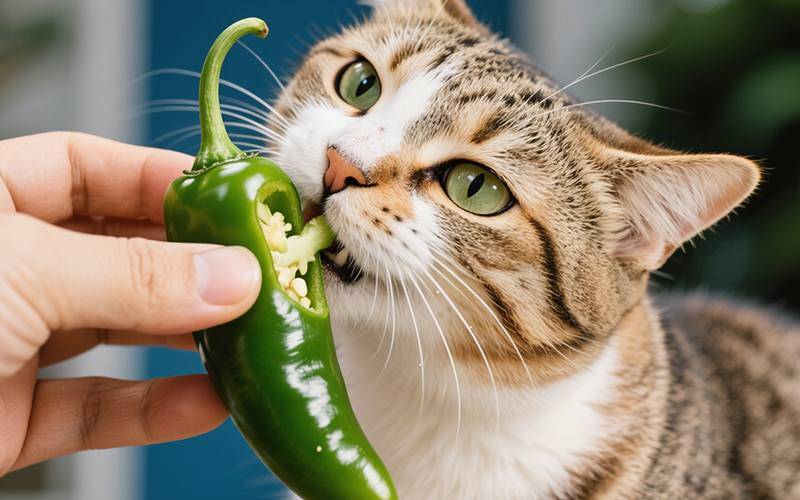
The Burning Question: Can Cats Eat Jalapenos? A Comprehensive Safety Guide
- 21 Apr 2025
Cool Temptation: Can Cats Eat Ice Cream Safely? The Vet-Backed Truth
- 21 Apr 2025
Frankly Dangerous: Can Cats Eat Hot Dogs? Vet Explains the Serious Risks
- 16 Apr 2025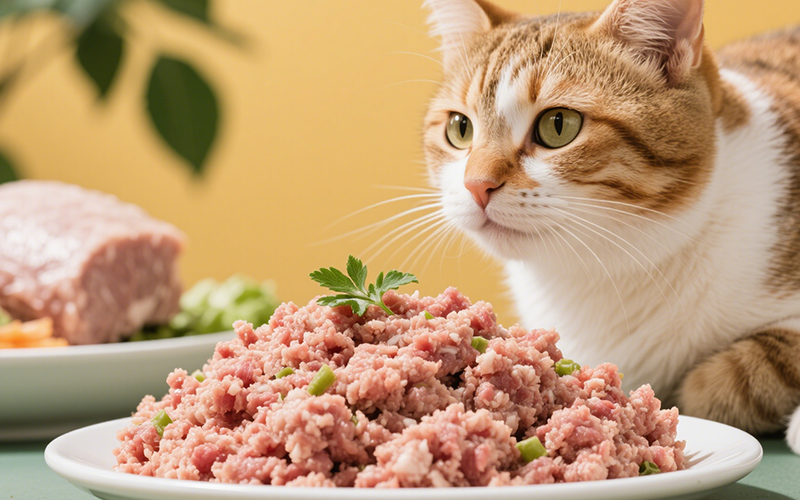
A Purrfect Protein? Can Cats Eat Ground Turkey Safely? (Vet-Reviewed Guide)
- 16 Apr 2025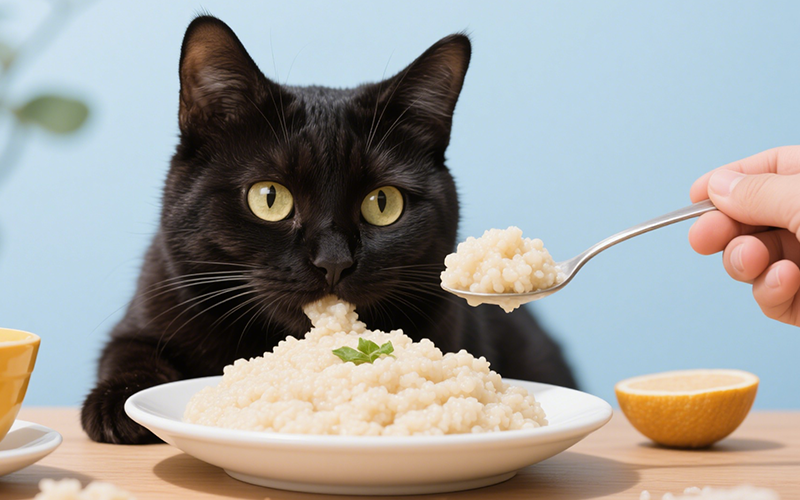
Gritty Situation: Can Cats Eat Grits Safely? Vet Explains the Risks
- 16 Apr 2025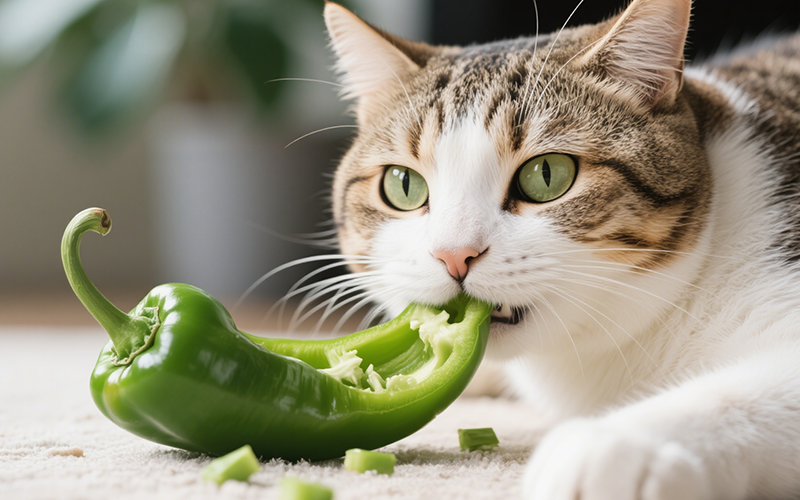
Crunchy Query: Can Cats Eat Green Peppers? A Vet-Reviewed Safety Analysis
- 16 Apr 2025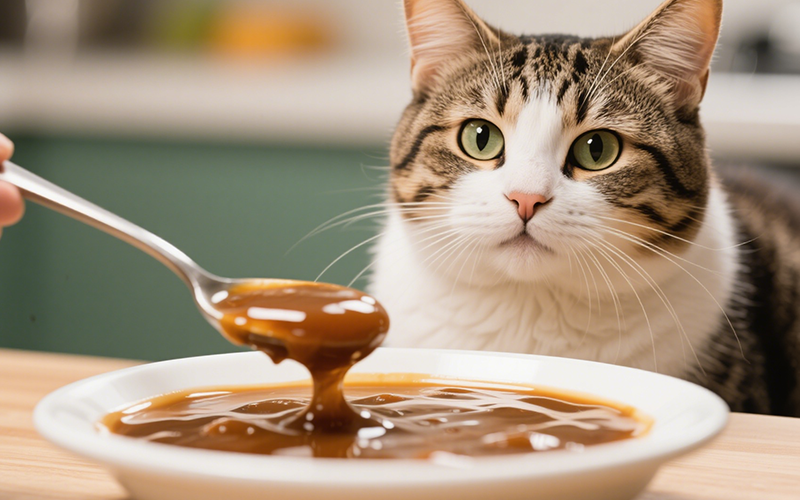
Gravy Danger Zone: Can Cats Eat Gravy Safely? (Vet-Reviewed Warning)
- 16 Apr 2025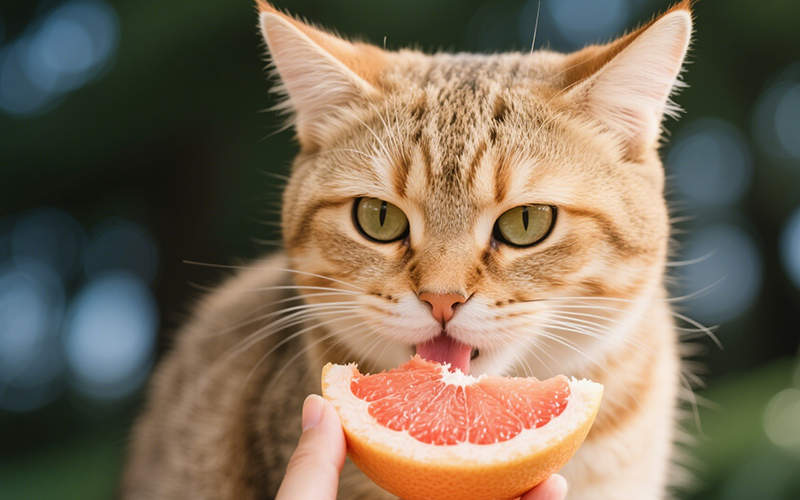
Toxic Temptation: Can Cats Eat Grapefruit? Vet Explains the Dangers
- 16 Apr 2025
Emergency Meal or Major Mistake? Can Cats Eat Dog Food For A Couple Days? (Vet Guide)
- 16 Apr 2025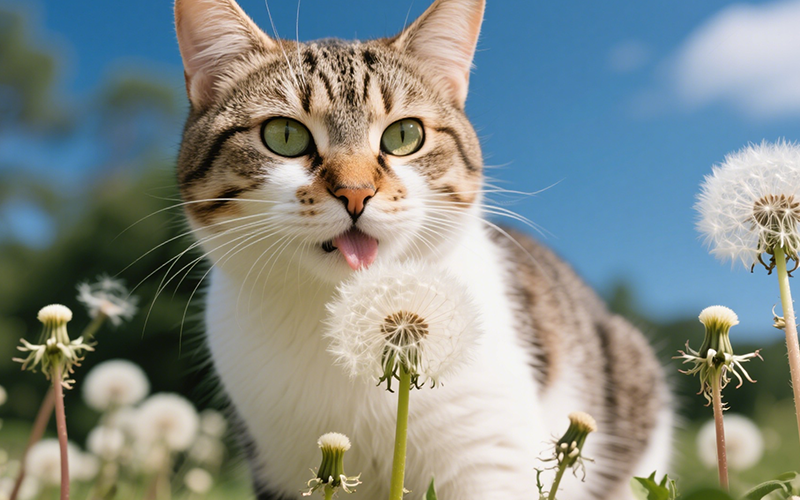
Dandelions & Felines: Can Cats Eat These Common Weeds Safely? Vet Explains
- 16 Apr 2025
